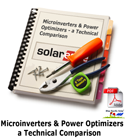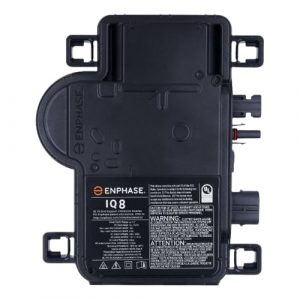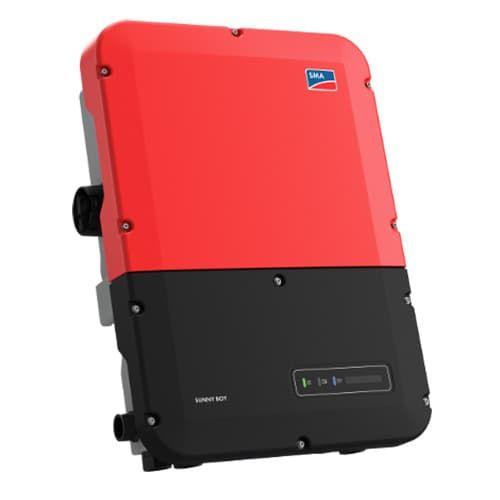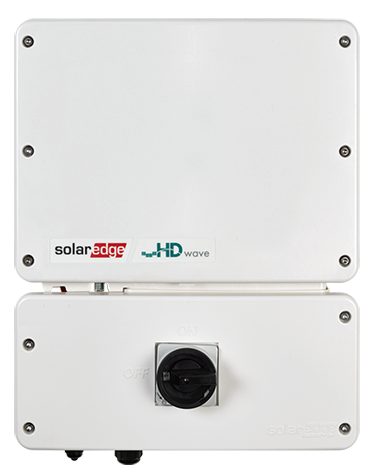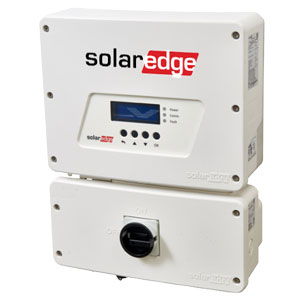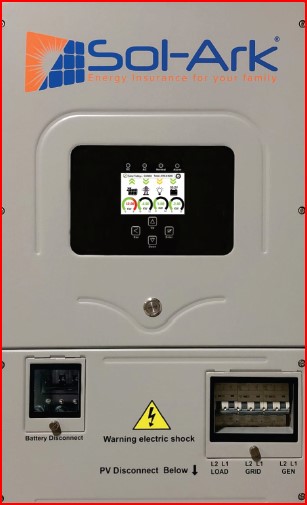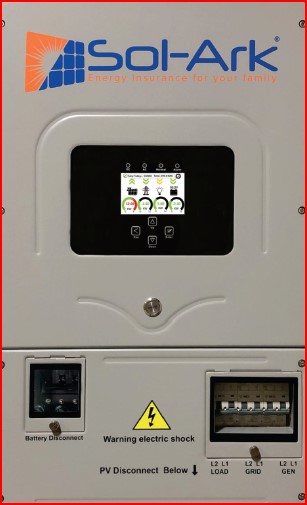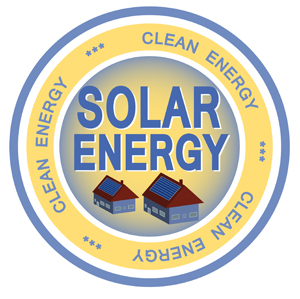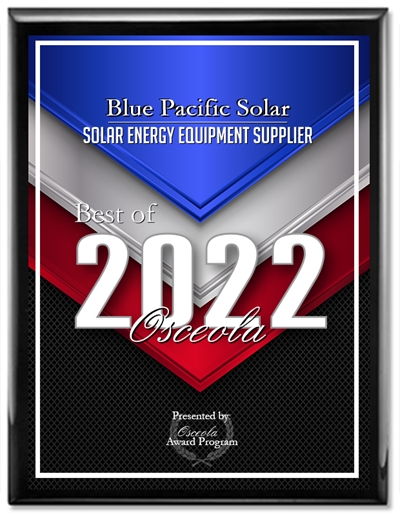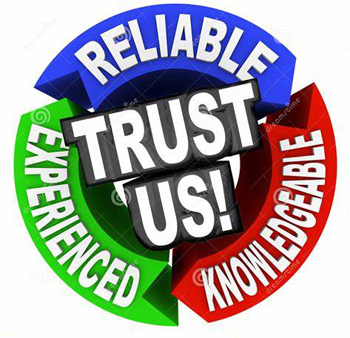Grid Tie Inverters Enphase, SMA, Sol-Ark and SolarEdge residential and light commercial applications.
Utility Grid Interactive Power
Off-Grid - Utility Grid Power is not available for use.
On-Grid – Utility Grid power is available for use. Does not imply the ability to sell power back to the utility grid.
Grid-tie - Grid-interactive, Grid-intertie, Bimodal – these terms all refer to utility grid power. This power is available for use. Additionally, the system can put sell electricity back to the utility grid.
Grid-tie inverters - Is an innovative concept in solar energy technology that can help today's homeowner offset high energy costs while protecting the environment. These devices are different from stand-alone solar inverters.
Many homeowners use these inverters to generate their own electricity. However, devices that tie in to the utility power grid can allow energy to flow in both directions. This means energy can flow from the customer to the grid, and from the grid to the customer.
Grid-tied solar inverters don't limit the power generated to the homeowner's exclusive use. Instead, they allow users to reroute unused power back to the grid.
This enables consumers to sell that power to the utility company. Solar technology is changing the way consumers access power. It is doing so in numerous ways.
How Grid-Tied Solar Inverters Work and What They Do - Grid-tie inverters are commonly referred to as the brains of a solar system. A photovoltaic module (solar panel) converts sunlight into electricity, using semiconductors that react to the photons in the light. The Grid tie inverter systems convert DC to AC. This makes the DC energy from solar panels compatible with the utility grid.
These systems use sophisticated tracking technology. This technology senses and adjusts the system's voltage to match the grid's AC output voltage. This enables surplus electricity to flow back to the grid.
Without this technology, the power would only be able to flow in one direction: from grid to customer. The electricity flows from the grid to the customer, with the unused power flowing back to the grid again.
The customer's system draws enough power from the utility grid when it generates less electricity than needed.
If the system generates more power than needed, the excess is diverted back to the grid.
The grid-tied inverter wakes up in the morning by detecting a minimum voltage output from a solar array. It then checks the utility grid to see if electricity is available. The device checks the power from the grid. It then examines the AC utility electricity frequency.
It must be a pure sine wave of exactly 60 Hz for the device to work properly.
All is well. The inverter then turns on and converts power from the solar panels. Any excess power produced in the home is then exported onto the public utility grid.
Power to the People - The grid tie inverter is an example of modern technology. It allows consumers to have a greater influence in today's marketplace.
The inverter encourages people to produce energy in their homes, as they can benefit financially by selling any excess energy. Many people have been inspired to switch to solar power. This helps the environment and meets the increasing energy needs of the nation.
Spinning the Meter Backwards - The ability to send additional energy to the utility company via the grid is called "spinning the meter backwards." Grid-tied solar inverters provide a bottom-line outcome. They reduce or eliminate the amount of metered power the consumer needs to buy from the utility company.
Inverting the meter reduces the electricity bill for a customer. However, it does not generate additional revenue. The utility company is obligated to buy any excess electricity produced by a solar inverter system. There are no additional financial benefits after that.
It is important to not let yourself be convinced to purchase a system that produces more than you need. This will reduce the return on your investment. You will get less from the money you have invested.
Focus on getting a system that meets your current needs. This will help you get the most out of your investment. If your needs change, you can purchase additional capabilities later. This means you don't have to buy something too large that you may not need.
How are “Grid-Tie” Inverters Different - Houses and commercial buildings often use solar panels for electricity. They are also connected to their local power grid. The building's electricity demand must be met by the solar array.
If the array produces more power than needed, the excess electricity is sent out onto the grid. This provides power for other people to use.
This connection must be managed carefully, however. Electricity must be delivered to the grid in a form compatible with the utility's system. Additionally, it must be delivered at a power level that the utility's system can accept.
The utility may suffer a power outage. In this case, the inverter must be able to detect the blackout. It must then immediately disconnect.
This helps protect utility workers who are trying to repair the grid. Electricity can cause injury or death to a line worker if the system is not shut down. Therefore, ensuring the safety of workers is essential.
New Technology, More Choices for Inverters - Modern grid-tied inverters are designed to operate with minimal power loss.
This power is transferred from the solar array to the utility grid. Inverter companies such as SMA, SolarEdge, Sol-Ark and Enphase have designed devices to maximize power production. These devices are precisely engineered to feed the greatest amount of power onto the grid.
NET metering is a process where any excess power produced is deducted from the power consumed at night. The utility company measures and records this information each month. This information is then reported to you in your monthly bill.
Solar irradiance depends on temperature.
Modern inverters must constantly adjust to optimize power output.
This process is called the maximum power point tracker (MPPT).
It must be adjusted for climate conditions and cloud cover.
Inverters adjust the voltage to optimize the system's power output - This ensures that the system runs efficiently throughout the day. The inverter records the system's operating data. This data can be stored and reviewed in real time or later by calling it up.
Grid-tied inverters are now using high-frequency (HF) transformers instead of heavy coils and "H" bridges. This is to convert DC to AC power more efficiently. High frequency transformers have lower efficiency losses and are smaller and lighter.
Changes Are Coming - Blue Pacific Solar offers expert help. System Integrators can assist you in selecting a grid-tie inverter. This inverter must suit your needs and budget. Enphase, SMA, SolarEdge


